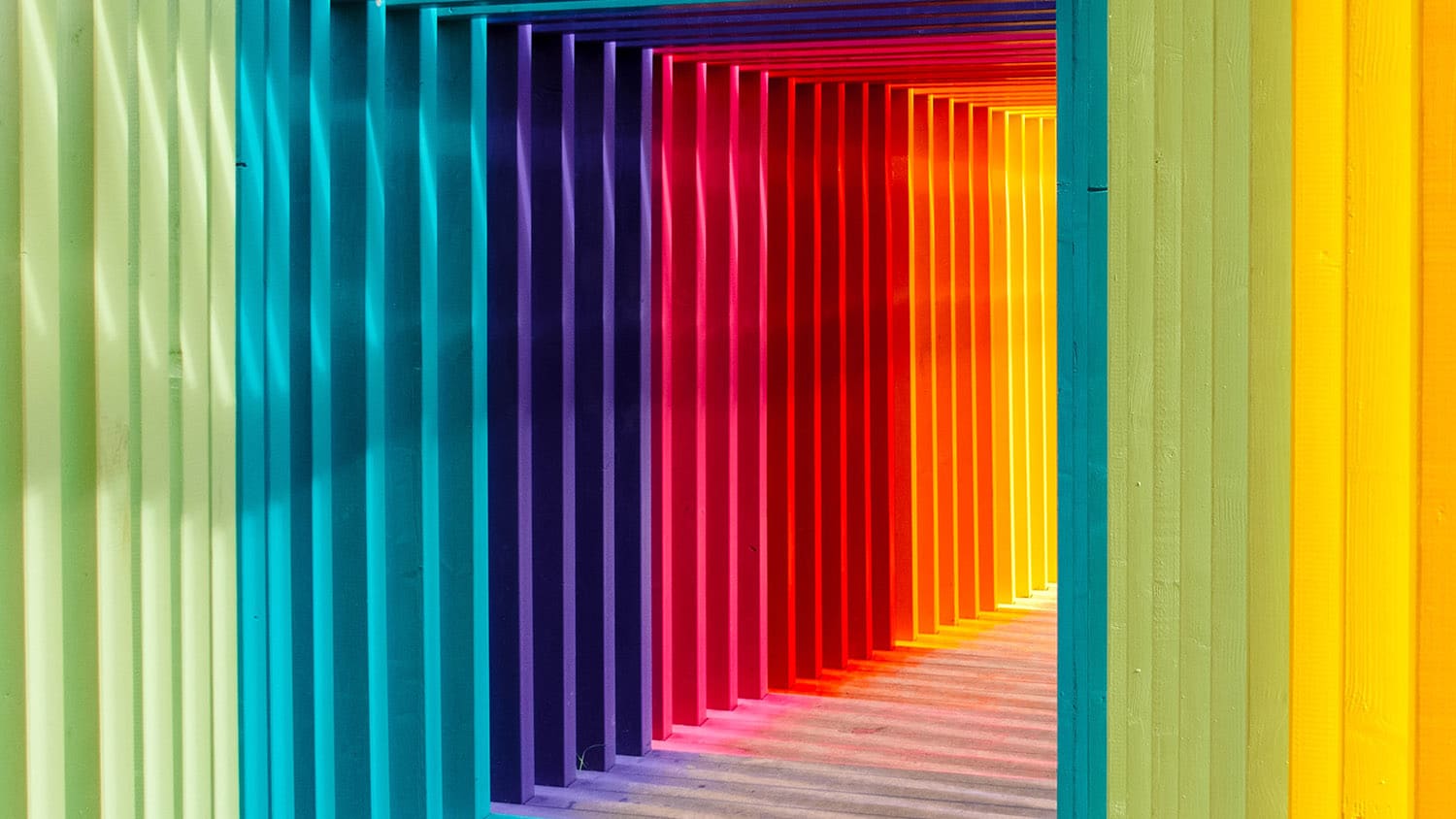Podcast: Color


It’s 2022 and Pantone has proclaimed Very Peri the official new color of the year. But how does this work? Is there a method to choosing the color of the year? Are there undiscovered colors out there still waiting to be found? And how do we make color nowadays, anyway?
Renzo Shamey, Ciba Professor of Textile Chemistry in NC State’s Wilson College of Textiles, talks about the science of color creation.
“Color really plays a really important role in the retail sector,” Shamey says. “And it also plays a critical role in our psycho-analysis of things that we come across. So colors play a big, important role in our daily lives. And they also play a major important role in industrial decisions.”
To that end, the Pantone color of the year is important as a trend-setter for forecasting decisions by manufacturers. The color is selected by an international committee that thinks about not only what’s “popular,” but what may meet the psychological needs of a given moment.
This year’s selection, Very Peri, has the qualities of two different colors, blues that tend to create the impression of loyalty and calmness. The red undertone is meant to provide some creativity, some happiness and joy. So it’s a combination of two colors and according to Pantone it’s meant to provide us with calmness and help us envision our future.
We’ve obviously moved past the days of using beetles and plants for color – there are currently about 100,000 synthetic colorants out there that can be combined to make different colors.
For Shamey, one of the coolest things about color is “structural color,” where no colorant is needed for the viewer to see colors. Sound weird? Shamey explains:
“If you have micro indentations on the surface of a material, depending on how light hits it and the angle of viewing, you’ll get different color sensations from that surface. And this is something that you might come across when you’re looking at the wings of a butterfly or an oil slick, for example.
“These are becoming more and more important from an industrial point of view. There’s a lot of interest recently to try and recreate structural colors on a large scale, because that would eliminate the use of colorants in the first place. So you don’t really need a colorant. You just need to change the optical properties of material – depending on the angle, you might see blue, at another angle you might see green.”


